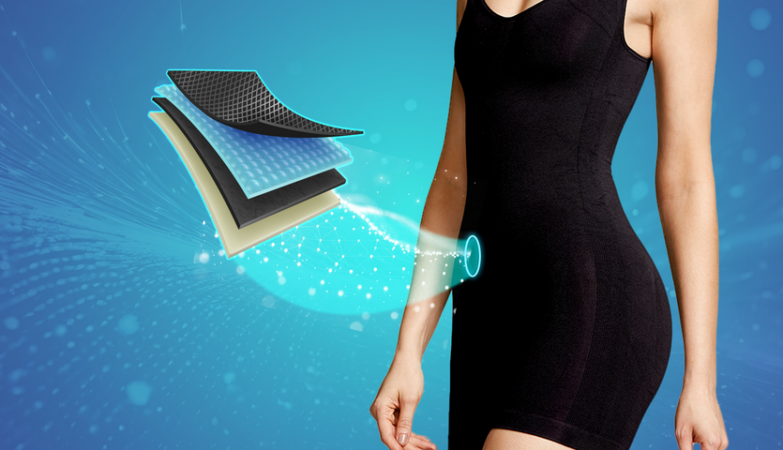SKF Conductive brush ring paves the way to greater reliability and longer life in high-performance electric vehicle powertrain systems.
Gothenburg, Sweden, 4 April 2024: SKF has developed a novel solution to an emerging problem in electric vehicle (EV) powertrain design. The SKF Conductive brush ring provides a reliable electrical connection between an EV eAxle rotor shaft and its housing, which increases eAxle lifetime expectations. When used in combination with SKF Hybrid ceramic ball bearings, it helps to even further alleviate parasitic current effects that can lead to premature failure in bearings and other components.
The Conductive brush ring is part of a broader strategy by SKF to strengthen its portfolio of innovative solutions for EV drivetrains. “Electric driveline is a fast-growing and strategically important area for both passenger and commercial vehicles,” says Kerstin Enochsson, President, Automotive at SKF. “Our focus on the development of advanced solutions to emerging challenges in this segment will reinforce SKF’s position as a leading global supplier to the automotive industry.”
Developed for modern EV architecture design, the new component uses pure carbon fibre bristles that offer a long working life, predictable and stable electrical performance with low rotating friction.The SKF Conductive brush ring is available in different configurations for wet (oil lubricated) and soon also for dry (sealed) motor designs.
“We are working closely with key industry players to address challenges in vehicle electrification,” says Dr. Joanna Urbanek, Director, Powertrain and Drive Control Business Line at SKF. “This new product joins our portfolio of innovative solutions that are helping to accelerate the development of the electromobility sector.”
Easy integration
Its narrow profile and scalable design makes the SKF Conductive brush ring easy to integrate into new or existing powertrains. In a typical application, it will be installed at one end of the motor to provide grounding, while a SKF hybrid bearing provides an insulated connection at the other side.
Solving problems in EV powertrains
New generation EV powertrain architectures combine powerful motors, reduction gears and sophisticated control electronics in a single compact package called an e-axle. Putting these high speed, high voltage components together in a small space can have undesirable side effects, however.
One key challenge is parasitic currents, which circulate between stator windings versus housing and/or induced on shaft and recirculating through bearings and other mechanical components, creating electric discharge and therefore eroding working surfaces. The resulting “micro-pitting” increases noise and vibration. The SKF Conductive brush ring helps overcoming these problems, thereby increasing the reliability and expected lifetime in high-performance electric vehicle powertrain systems.














